What is Legg-Calve-Perthes disease?
Legg-Calvé-Perthes disease, also called Perthes disease, is a rare condition that affects one or both hips. It develops in children, usually between the ages of 3 to 12. The condition temporarily cuts off the blood supply to the top of the thigh bone, also called the femoral head. This causes bone cells to weaken, making walking and running painful and difficult.
The word "disease" is still used, but Perthes is actually a process with different stages that can take several years. Most children with Perthes have a good long-term outlook. After 18 to 24 months of treatment, they can usually return to normal daily activities without major limitations.
Legg-Calve-Perthes disease symptoms
The first symptom most parents notice is a difference in the way their child walks and runs. In the condition’s early stages, your child may limp even if they don’t complain of pain. As the condition progresses, children may develop lower body pain that gets worse with activity.
This pain may cause your child to limp or have an unusual run. The change may be more obvious if your child plays sports or is engaged in other athletic activities.
Other signs and symptoms include:
- Hip stiffness
- Muscle spasms
- One leg appears shorter than the other
- Pain in the hip(s), knee, thigh or groin that worsens with activity
- Thinning of the affected thigh muscle
Perthes disease mostly affects one hip. However, in about 10 to 12 percent of cases, both hips are affected, though usually not at the same time.
When to see a doctor
Schedule an appointment with your child’s pediatrician if you notice your child repeatedly favoring one side when they walk or run or if they display other possible symptoms of Perthes disease. If needed, your pediatrician can refer your child to a hip specialist. The sooner treatment starts, the fewer complications your child may experience.
What causes Legg-Calve-Perthes disease?
Your bones need a regular supply of blood to stay healthy. Blood delivers oxygen and nutrients that keep them strong. In children with Perthes disease, the blood supply to the femoral head is disrupted. The exact cause of this is unknown. Without enough oxygen and nutrients, the bone cells in the femoral head begin to die. Recent studies have found a possible connection between blood clotting disorders and Perthes disease.
How is Perthes disease diagnosed?
Children’s bones heal quickly and can often repair themselves. Early diagnosis and treatment of Legg-Calve-Perthes disease give the thighbone more time to reshape into a round form. Your child’s doctor will do a physical exam and review their medical history. They may order X-rays to look at the bones and use lab tests to rule out other possible causes.
-
Medical history and exam
Your child’s medical history will help the doctor understand how long the symptoms have been present and how they have affected your child’s daily life. Their doctor needs to have a good idea of where the pain exists and whether it worsens with activity.
The doctor will conduct a physical examination to help determine where the pain is located and how severe it is and note any other issues that are impacting your child’s daily movements. They will likely move your child’s legs into different positions to determine the hip’s range of motion. During the exam, your doctor will look for:
- Leg length discrepancy (one leg that is longer than the other)
- Loss of muscle in the thighs and buttocks from disuse
- Loss of the ability to move the leg away from the body and toward the inside of the body
- Pain on rotation in the front and toward the middle of the thigh or knee
-
Imaging and tests
Imaging tests give your doctor a detailed view of your child’s hip bones, allowing them to see more clearly how far the condition has progressed and rule out other diagnoses. Blood tests give doctors more information about the underlying cause of the pain and bone deterioration and can help them determine whether Perthes or another condition is causing the pain.
- Blood tests: Tests, such as a complete blood cell count and erythrocyte sedimentation rate (which can identify inflammation in the body), can help your doctor rule out other diagnoses.
- Bone scan: A bone scan gives the doctor a detailed picture of the bones and organs and is another method of diagnosing Perthes disease, although this is used less commonly. Before the camera starts, a small amount of radioactive material is injected into the bloodstream, making the bones clearer in the images.
- MRI scan: An MRI uses a magnet and radio waves to examine your child’s bones. It’s painless and can show the bones in greater detail if an X-ray is insufficient for a diagnosis.
- X-rays: X-rays use electromagnetic radiation to take pictures of the inside of the body.
Perthes disease treatment
Treatment of Perthes disease aims to manage your child’s pain and discomfort, help restore range of motion in the hips, and ensure a secure, permanent fit of the ball of the hip joint into the socket once it’s fully re-formed.
If your child is younger than 6 years old, they may only require nonsurgical treatment options. Treatment options also depend on how much damage the ball and socket joint has sustained and where your child is in the condition’s process.
Lifestyle changes
Your child’s activity levels will be limited if it’s suspected they have Perthes disease or if they’re diagnosed with the condition. It’s important to minimize their discomfort and allow the bone to regrow properly. This may include bed rest, a wheelchair, non-weight-bearing, gently moving the legs with weights, and the use of a walker or crutches while your child’s bones heal.
Medication
Medication for Perthes disease aims to minimize your child’s pain by decreasing the inflammation of their joint(s).
Your child may be prescribed nonsteroidal anti-inflammatory drugs, or NSAIDs, including ibuprofen and naproxen. Your doctor will explain the dosing schedule to you, and it may change as your child's condition is treated.
Physical therapy
Physical therapy is often the first treatment for children with mild symptoms of Perthes disease and typically begins shortly after diagnosis. It helps restore hip joint range of motion, reduce pain and inflammation, and protect the joint during healing.
A physical therapy program may include exercises to:
- Improve hip range of motion
- Strengthen muscles in the pelvis and legs
- Address balance and walking difficulties
- Prevent stiffness in muscles and joints
Casting and bracing
Sometimes, healthcare providers may recommend using a removable Petrie cast to keep the ball of the hip joint positioned correctly in the socket while it heals in very young people. This rigid, fiberglass cast covers both legs from the hips to the ankles and has a bar connecting the legs to keep them spread apart in the shape of the letter “A.” The cast can be removed temporarily for physical therapy.
Your child will usually wear the cast full-time for up to six months. Afterward, it is typically worn only at night.
Surgery
Surgery is sometimes recommended for children with Perthes disease who are older or have a significant deformity. Two common procedures used to treat Perthes disease include:
- Osteotomy: Your child’s femur or pelvic bone is cut to fit securely within the hip socket, repositioning the bone correctly so it can regrow in the right place. Plates and screws secure the area as it heals. These are removed once treatment is complete.
- Hip arthroscopy: This less invasive procedure may be used to treat complications related to Perthes disease, such as hip impingement. In arthroscopy, a surgeon inserts a camera and small surgical instruments through tiny incisions.
Locations
If your child is living with Perthes Disease, we offer several locations for their care, including specialty orthopedic centers in North and Central Texas.

AccentCare - Fort Worth
3880 Hulen St , Fort Worth, TX, 76107

AccentCare Home Health of Brenham
526 W Main St , Brenham, TX, 77833

AccentCare Home Health of College Station
119 Medical Park Lane Ste C, Huntsville, TX, 77340

AccentCare Home Health of College Station
1605 Rock Prairie Rd Ste 206, College Station, TX, 77845

AccentCare Home Health Of Denton
225 W. Mulberry St. Ste A, Denton, TX, 76201

AccentCare Home Health Of Desoto
911 York Drive Ste 203, DeSoto, TX, 75115

AccentCare Home Health Of Fort Worth (Arlington)
700 Highlander Blvd Ste 205, Arlington, TX, 76015

AccentCare Home Health of Huntsville
122 Medical Park Lane B , Huntsville, TX, 77340

AccentCare Home Health of Marble Falls
1100 Mission Hills Dr Ste 100, Marble Falls, TX, 78654

AccentCare Home Health Of McKinney
6800 Weiskopf Ave Ste 100, McKinney, TX, 75070

AccentCare Home Health Of Taylor (Hutto)
567 Chris Kelley Blvd Ste 201, Hutto, TX, 78634

AccentCare Home Health Of Temple
3809 S General Bruce Dr Ste 105B, Temple, TX, 76502

AccentCare Home Health Of Waco
8300 Central Park Dr Ste A, Waco, TX, 76712

AdventHealth Central Texas
2201 S Clear Creek Rd , Killeen, TX, 76549
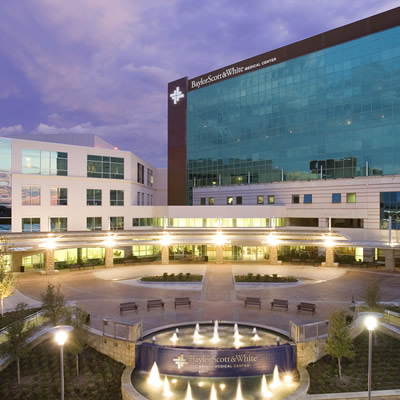
Andrews Women's Hospital at Baylor Scott & White - Fort Worth
1400 8th Ave , Fort Worth, TX, 76104
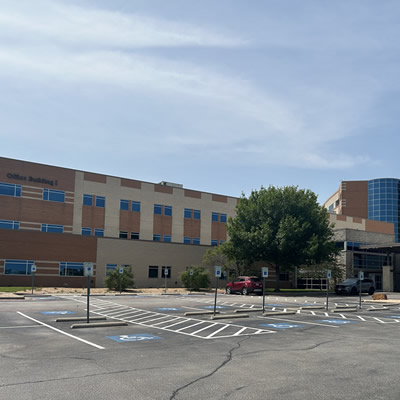
Baylor Scott & White - Hillcrest Infectious Disease Clinic
50 Hillcrest Medical Blvd MOB1, Ste 104, Waco, TX, 76712
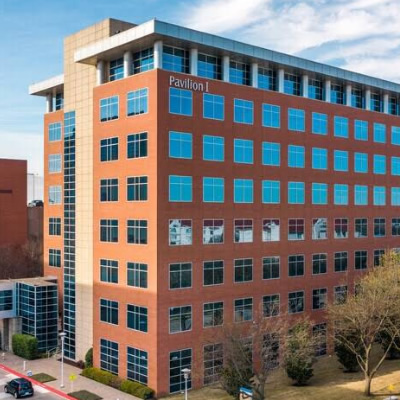
Baylor Scott & White - Plano Brain and Spine Center
4708 Alliance Blvd Pavilion I, Ste 810, Plano, TX, 75093
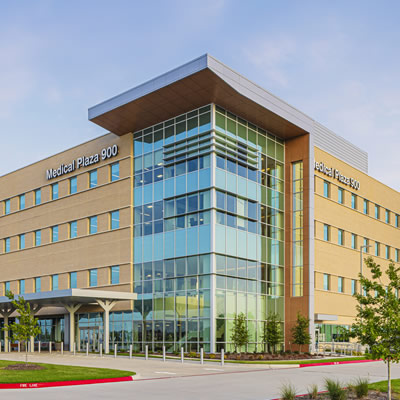
Baylor Scott & White - Texas Brain and Spine Institute
900 Scott and White Dr , College Station, TX, 77845
- Monday: 8:00 am - 5:00 pm
- Tuesday: 8:00 am - 5:00 pm
- Wednesday: 8:00 am - 5:00 pm
- Thursday: 8:00 am - 5:00 pm
- Friday: 8:00 am - 5:00 pm

Baylor Scott & White - Texas Brain and Spine Institute - Huntsville
122 Medical Park Ln Ste A, Huntsville, TX, 77340
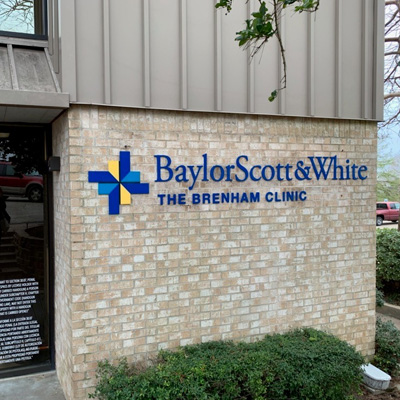
Baylor Scott & White - The Brenham Clinic
600 N Park St , Brenham, TX, 77833
- Monday: 7:30 am - 5:00 pm
- Tuesday: 7:30 am - 5:00 pm
- Wednesday: 7:30 am - 5:00 pm
- Thursday: 7:30 am - 5:00 pm
- Friday: 7:30 am - 5:00 pm

Baylor Scott & White 65+ Clinic
4716 Alliance Blvd Ste 500, Plano, TX, 75093
- Monday: 8:00 am - 4:30 pm
- Tuesday: 8:00 am - 4:30 pm
- Wednesday: 8:00 am - 4:30 pm
- Thursday: 8:00 am - 4:30 pm
- Friday: 8:00 am - 4:30 pm
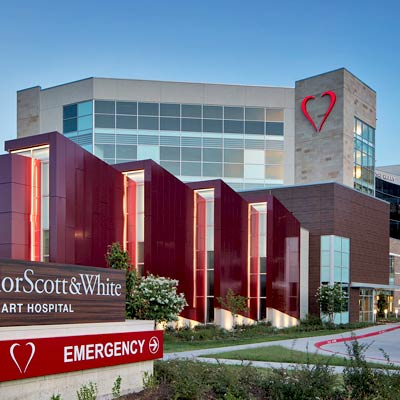
Baylor Scott & White Advanced Cardiac Imaging Specialists
1100 Allied Dr , Plano, TX, 75093

Baylor Scott & White Advanced Cardiovascular and Imaging Consultants
4708 Alliance Blvd Ste 450, Plano, TX, 75093
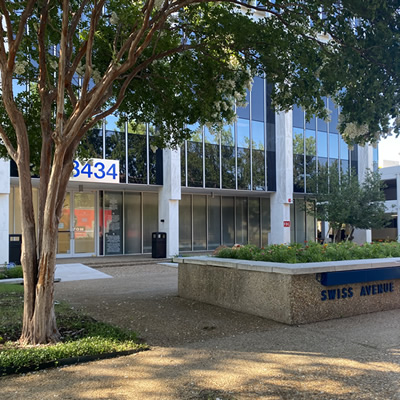
Baylor Scott & White Advanced Digestive Care
3434 Swiss Ave Ste 200, Dallas, TX, 75204
- Monday: 8:00 am - 5:00 pm
- Tuesday: 8:00 am - 5:00 pm
- Wednesday: 8:00 am - 5:00 pm
- Thursday: 8:00 am - 5:00 pm
- Friday: 8:00 am - 5:00 pm

Baylor Scott & White Advanced Heart and Lung Disease Center - Fort Worth
1420 8th Ave Ste 103, Fort Worth, TX, 76104

Baylor Scott & White Advanced Heart Care - Anna
450 N Standridge Blvd , Anna, TX, 75409

Baylor Scott & White Advanced Heart Care - Decatur
2401 S FM 51 Ste 200, Decatur, TX, 76234

Baylor Scott & White Advanced Heart Care - Denton
3333 Colorado Blvd , Denton, TX, 76210

Baylor Scott & White Advanced Heart Care - Idabel, OK
4 SE Avenue A , Idabel, OK, 74745

Baylor Scott & White Advanced Heart Care - Keller (Satellite)
3124 N Tarrant Pkwy Ste 204, Keller, TX, 76177

Baylor Scott & White Advanced Heart Care - McKinney (Satellite)
5236 W University Dr Ste 4450, McKinney, TX, 75071

Baylor Scott & White Advanced Heart Care - Mt Pleasant (Satellite)
1011 N Jefferson Ave , Mt Pleasant, TX, 75455

Baylor Scott & White Advanced Heart Care - Paris
875 S Collegiate Dr , Paris, TX, 75462

Baylor Scott & White Advanced Heart Care - Plano
4716 Dexter Dr Ste 100, Plano, TX, 75093

Baylor Scott & White Advanced Heart Care - Sherman Sycamore (Satellite)
203 E Sycamore St , Sherman, TX, 75090

Baylor Scott & White Advanced Heart Care - Sulphur Springs
601 Airport Rd Ste 110, Sulphur Springs, TX, 75482

Baylor Scott & White Advanced Heart Care – Sherman Highland (Satellite)
300 N Highland Ave , Sherman, TX, 75092

Baylor Scott & White Advanced Heart Failure Clinic - Irving
2001 N MacArthur Blvd Bldg 1, Ste 360, Irving, TX, 75061
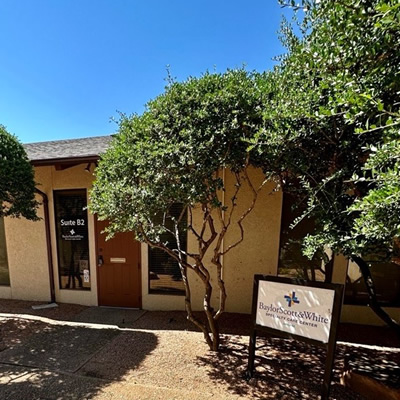
Baylor Scott & White Advanced Heart Failure Clinic - Abilene
1219 E South 11th St Ste B2, Abilene, TX, 79602
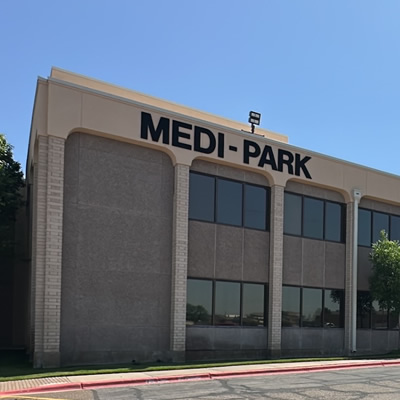
Baylor Scott & White Advanced Heart Failure Clinic - Amarillo
1901 Medi Park Dr Ste 2051, Amarillo, TX, 79106

Baylor Scott & White Advanced Heart Failure Clinic - Dallas
3410 Worth St Ste 250, Dallas, TX, 75246
- Monday: 8:00 am - 4:30 pm
- Tuesday: 8:00 am - 4:30 pm
- Wednesday: 8:00 am - 4:30 pm
- Thursday: 8:00 am - 4:30 pm
- Friday: 8:00 am - 4:30 pm
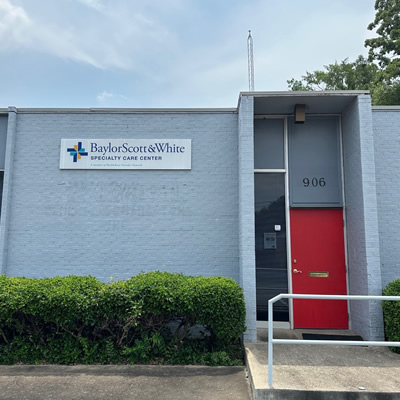
Baylor Scott & White Advanced Heart Failure Clinic - Longview
906 Judson Rd , Longview, TX, 75601
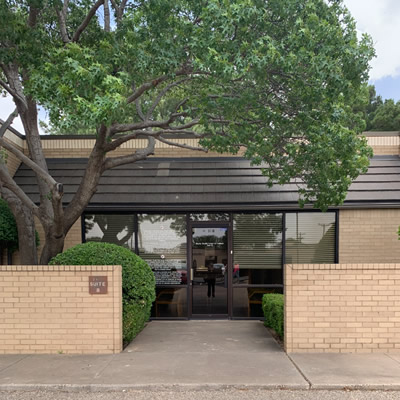
Baylor Scott & White Advanced Heart Failure Clinic - Lubbock
3711 22nd St Ste B, Lubbock, TX, 79410
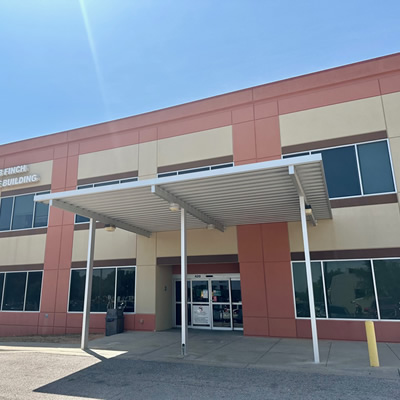
Baylor Scott & White Advanced Heart Failure Clinic - Midland/Odessa
420 E 6th St Ste 102, Odessa, TX, 79761
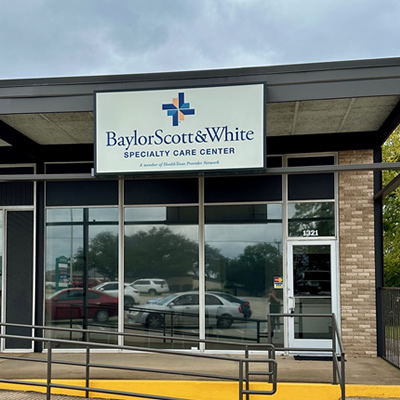
Baylor Scott & White Advanced Heart Failure Clinic - Tyler
1321 S Beckham Ave , Tyler, TX, 75701
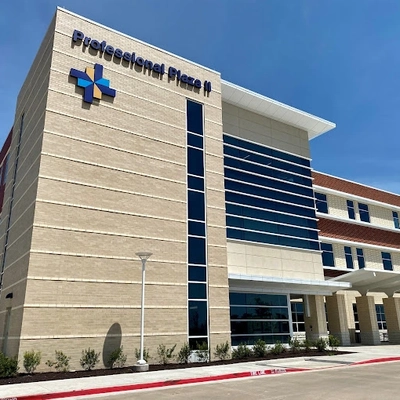
Baylor Scott & White Advanced Heart Failure Clinic - Waxahachie
2360 N Interstate 35E MOB 2, Ste 310, Waxahachie, TX, 75165

Baylor Scott & White Advanced Heart Failure Specialists - Fort Worth
1250 8th Ave Ste 200, Fort Worth, TX, 76104
- Monday: 8:00 am - 5:00 pm
- Tuesday: 8:00 am - 5:00 pm
- Wednesday: 8:00 am - 5:00 pm
- Thursday: 8:00 am - 5:00 pm
- Friday: 8:00 am - 5:00 pm

Baylor Scott & White Advanced Lung Disease Specialists - Dallas
3410 Worth St Ste 250, Dallas, TX, 75246
- Monday: 8:30 am - 5:00 pm
- Tuesday: 8:30 am - 5:00 pm
- Wednesday: 8:30 am - 5:00 pm
- Thursday: 8:30 am - 5:00 pm
- Friday: 8:30 am - 4:30 pm

Baylor Scott & White All Saints Medical Center - Fort Worth
1400 8th Ave , Fort Worth, TX, 76104
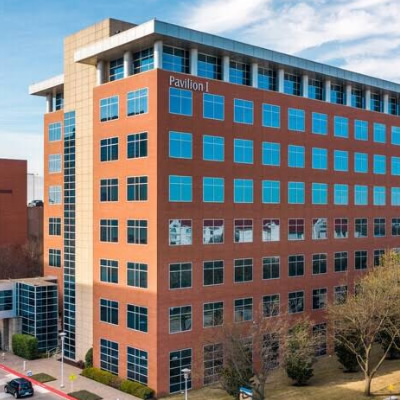
Baylor Scott & White Ambulatory Endoscopy Center
4708 Alliance Blvd Pavilion I, Ste 210, Plano, TX, 75093
- Monday: 7:00 am - 3:00 pm
- Tuesday: 7:00 am - 3:00 pm
- Wednesday: 7:00 am - 3:00 pm
- Thursday: 7:00 am - 3:00 pm
- Friday: 7:00 am - 3:00 pm
Frequently asked questions
-
Is Perthes disease hereditary?
Perthes disease may have a genetic component in a small number of cases. About 10% of children with Perthes disease have a relative who was also diagnosed with the condition. However, doctors generally consider Perthes disease to be "idiopathic," meaning its exact cause is unknown.
-
How rare is Perthes disease?
Perthes disease is rare, affecting less than 1% of the general population. However, it is four times more common in boys than in girls. Despite its rarity, it is important to recognize the condition for early diagnosis and treatment.
-
Can Perthes disease affect adults?
Perthes disease mainly affects children, but it can cause hip pain and problems in adults who had the disease as children. The femoral head may become misshapen, leading to osteoarthritis later in life. So, even if the symptoms disappear during childhood, hip problems can appear as an adult.
-
Does Perthes disease affect growth?
Yes, Perthes disease can affect a child’s growth. It may cause a leg length difference due to the femoral head deforming in the hip joint during growth. Younger children, with more growth potential, often have a better chance of remodeling and reducing the impact on leg length.

